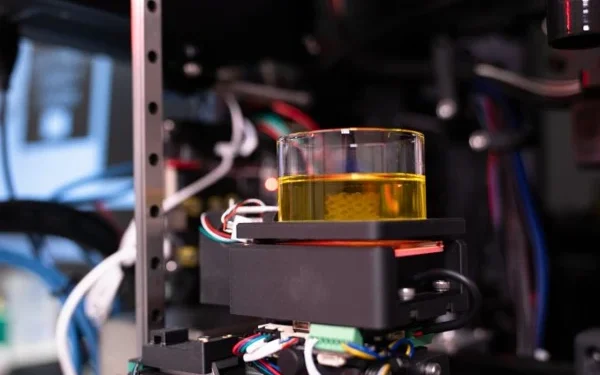Australian biomedical engineers have developed a 3D printing system (bioprinter) that is capable of replicating various tissues of the human body (from the soft tissues of the brain to hard materials such as cartilage and bone).
This new technology provides cancer researchers with an advanced tool to mimic specific organs and tissues, which could lead to significant improvements in designing new pharmaceutical therapies.
Commercially available 3D bioprinters are based on a low-speed layer-by-layer fabrication method, which suffers from a number of problems. This method can take hours to complete printing, which can damage the survival of living cells during the process. Furthermore, after printing, cell templates have to be carefully transferred to standard laboratory plates for analysis and imaging.
But a team of researchers at the University of Melbourne has revolutionized the method of layer-by-layer fabrication by creating complex optical-based systems.
The new technique uses a method of vibrating bubbles to print 3D cellular templates that is about 350 times faster than conventional methods and helps researchers create accurate replicas of human tissue with cellular integrity.

























